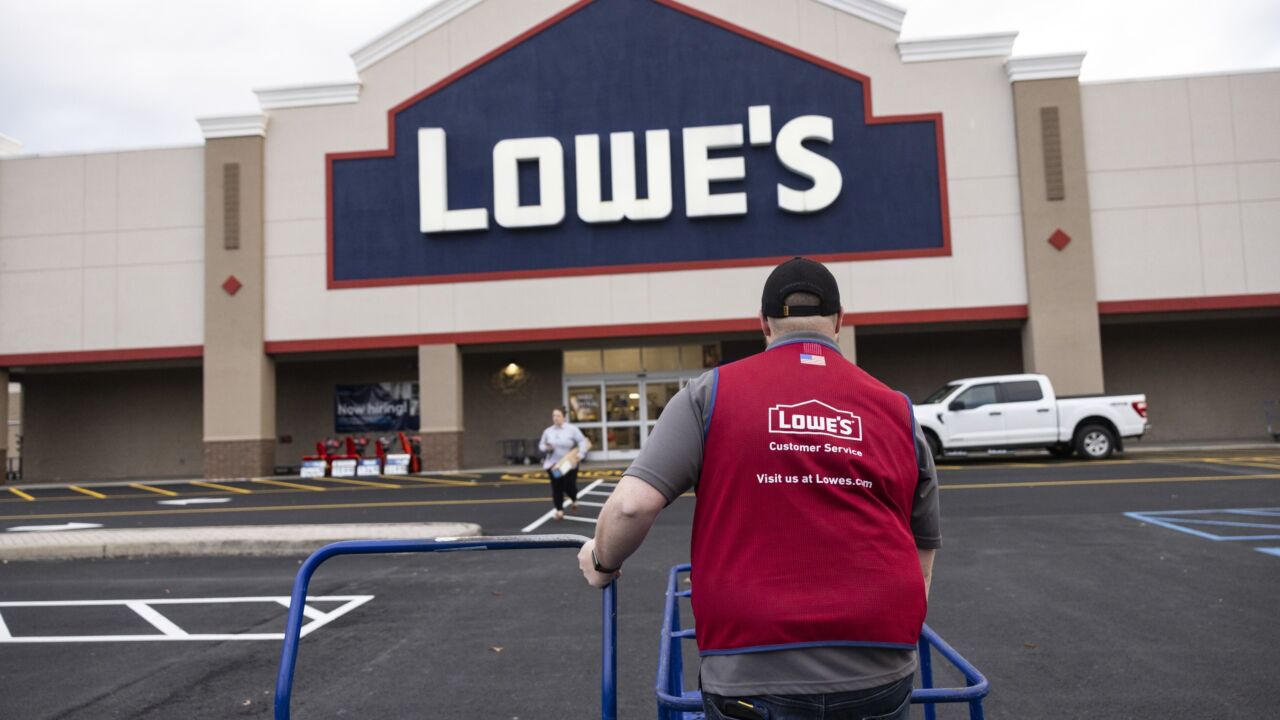Home equity loans and HELOCs
Home equity loans and lines of credit are playing a growing role in the mortgage industry as borrowers look to tap into rising home values amid high interest rates. These products introduce new considerations that can impact lending strategies, portfolio performance, and risk management for financial institutions. As a mortgage professional, it's critical to understand how evolving consumer behavior, the rate environment and broader economic conditions are shaping demand for home equity products. Explore our in-depth coverage, including news, expert analysis, and market research, to stay informed on the latest developments and insights around home equity lending.
-
Lowe's Cos. said its sales will fall further this year as consumers continue to hold off from sprucing up their homes amid higher mortgage rates and a drop in new construction projects.
February 27 -
Comparable sales fell 3.5% in its fiscal fourth quarter, Home Depot said Tuesday.
February 20 -
The top five banks and thrifts have nearly $96 billion in combined home equity loan portfolios as of September 30, 2023.
January 9 -
Chicago businessman David Izsak grifted several financial institutions out of $4 million by taking out phony home loans and other types of credit.
December 22 -
The outstanding amount that people ages 62 and up hold represented a nearly $15.4 billion gain in property value offset by a record $2.32 billion in borrowing.
December 19 -
Regulatory changes and a dearth of existing new inventory is opening a pipeline of leads in the market, but interest rate pressure cuts into optimism.
November 20 -
Black, Hispanic and Asian homeowners had a 44%, 32% and 30% denial rate for HELOC products, while white homeowners had a 23% denial rate, an analysis of HMDA data by the Federal Reserve Bank of Philadelphia found.
November 17
The first three months of the year coincide with the start of President Donald Trump's second term in office. Investors are likely to be more interested in banks' outlooks amid swings in tariff policy than the first-quarter results.







